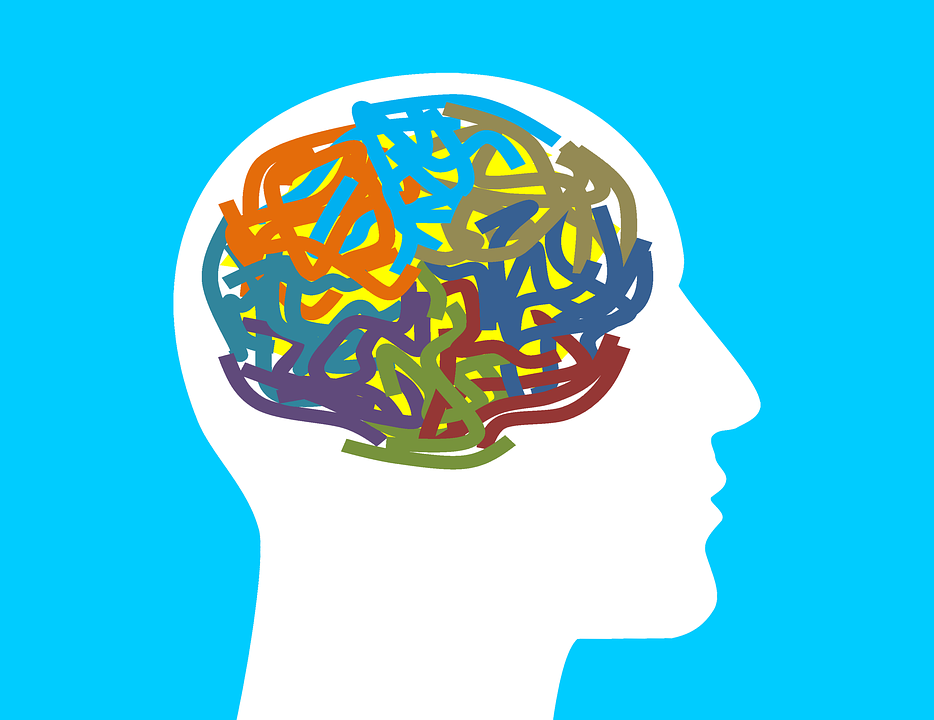Addressing Homelessness Begins With Addressing Trauma

Research from the NASP Center indicates that 43% of homeless students repeat a grade, 25% are placed in special education, and 50% are failing academically. This is due to many factors, but one that’s not talked about is trauma, and how it affects a person’s day to day functioning. According to research done at First 5 LA, youth who experience homelessness are three times more likely to encounter trauma— both as a result from their homelessness and the situation that caused them to be homeless. By age 12, 83% of children experiencing homelessness have been exposed to at least one serious, violent incident, and almost 25% have witnessed intimate partner violence. Trauma therefore makes it more difficult for this population lead healthy, stable lives, making it harder to break out of the cycle of homelessness.
Trauma may manifest in any combination of the following symptoms: numbness and feelings of disconnect, disassociation, depression, anxiety, paranoia, nightmares, flashbacks, shock, denial, self-blame or guilt, mood swings, irritability, insomnia, fatigue, aches and pains, muscle tension, confusion, difficulty concentrating, withdrawing from others.
It is especially important to note that a person dealing with trauma may display a mix of these symptoms, dependent on each individual. For example, a young girl may be getting poor grades because she is sleep-deprived from chronic nightmares and anxiety, and therefore has trouble concentrating in class. A young man may experience outbursts of anger, but not because he is a “bad” kid, but actually because of underlying trauma. More often than not, these symptoms are cyclic: you may isolate yourself more because of your anxiety, and you may become more depressed from isolating yourself, which can lead to self-harm, which could lead to further isolation, etc.
So what can we do to help homeless children cope with their trauma? First, it is imperative to implement social and emotional learning programs to educate homeless youth on their mental health. Many of these children do not even know what depression, anxiety, and PTSD are, much less how to identify trauma-induced mental illness within themselves. Once they are educated, they can be better equipped to ask for help. After identifying underlying mental-health issues, these children need access to mental health professionals who can teach them how to cope with their trauma, as well as caregivers who have mental health first-aid training. Or if they cannot gain access to professional resources, rhythmic exercise, mindfulness, and finding a support system are the next best options. While it is currently difficult to find funding for these programs, 87% of students who had professional assistance, said they felt it helped, according to research by Civic Enterprises and Hart Research Associates.
However, currently many do not get the help they need. According to NCTSN, more than one-fifth of homeless preschoolers have emotional problems serious enough to require professional care, but less than one-third receive any treatment. And it is worth noting, all research suggests that prevention is the most effective measure in eradicating trauma, but it is a far more difficult feat. Prevention starts with treating the existing trauma within homeless populations, which helps people rise out of homeless situations, so their children can have better futures without trauma.
Therefore, the take away from this article should be empathy. A student may be acting the way they are because of trauma, and no matter how much access to education food, and shelter you give a child experiencing homelessness, they cannot begin to fully utilize them unless trauma is addressed. While it may be difficult, programs and funding needs to be put in place so that trauma can be addressed, treated, and prevented through positive, caring adult relationships.
Sources:
anxiety childhood development children depression HCEF homelessness mental health PTSD teens trauma
 Skip to content
Skip to content
